Since the early days of publishing, covers have evolved from simple, text-heavy designs to highly artistic and genre-specific illustrations. In the 19th century, book covers were often embossed with gold leaf and intricate designs to signal prestige. By the 20th century, technological advancements allowed for full-color printing, leading to the rise of illustrated covers that became marketing tools in their own right.
Similarly, in the music industry, album covers became a cultural phenomenon in the mid-20th century. Think of The Beatles’ Sgt. Pepper’s Lonely Hearts Club Band or Pink Floyd’s The Dark Side of the Moon – iconic images that define an era and evoke an emotional connection with audiences.
In a way, makes sense for a book to have only one cover similar to albums, and so the book cover would become equally iconic. Occasionally, this does happen – take The Great Gatsby. If it’s one or ten designs for the same book, the cover performs a crucial function: to attract readers, communicate a book’s theme, and set expectations. Studies show that consumers make split-second decisions based on cover design, reinforcing the necessity of an eye-catching and relevant visual identity.
In short, there may be no less accurate a saying than, “Don’t judge a book by its cover.”
The Old Days of Book Cover Design
In the very recent past, authors had to rely on cover designers or advanced knowledge of Photoshop. Certain services mitigated this issue with online tools, such as Canva, but the main issue – aside from selecting typography and image placement – was the image or illustration itself. Authors could use stock illustrations, but you could find the same illustration being used for more than one book cover, and even on websites and advertisements.
Otherwise, authors would need to hire a book cover designer, whether they offered premade covers, or designed from scratch. These often were (and are) highly professional, matching the quality of covers put out by commercial publishers. While premade covers can be relatively inexpensive, it is still no match for the affordability and convenience of doing the process yourself. After all, DIY is really what self-publishing is all about.
How AI is Transforming Cover Creation
The integration of AI into this creative space has changed how authors, especially self-publishers, approach cover design, and book cover design has undergone a seismic shift. AI-generated artwork, in particular, is now a viable alternative to traditional design methods.
AI-driven tools such as MidJourney, DALL·E, and Stable Diffusion use machine learning algorithms to generate high-quality images in seconds. These tools analyze existing design trends and generate images based on keyphrase prompts, allowing authors to create professional-looking covers at a fraction of the cost and time of hiring a cover designer.
Key aspects of AI-driven cover design include:
- Automated Image Generation: AI can create unique visuals from simple text descriptions.
- Style Recognition: AI models are trained on thousands of book covers to recognize patterns in colors, fonts, and compositions.
- Customization and Iteration: AI allows users to tweak and regenerate covers quickly, making experimentation more accessible.
The Controversy of Using AI
This is not without its drawbacks. Just as authors want to be paid for this work, so do designers and illustrators, and AI is taking a big chunk out of the design field, as it is for many other industries. Imagine if AI took over writing to such a degree that human authors were pushed out – this is not out of the realm of possibility, but that is what is happening to cover designers right now.
The trouble is that AI is easy and effective. People complain about Spotify’s payout scale for musicians – with good reason – but the fact is that Spotify is convenient and much cheaper than buying music individually. So music streaming is not going away – and neither is AI. Authors should think about supporting their fellow artists, but AI design is here to stay, and it is becoming more ubiquitous by the day.
Be aware as well that cover designers themselves will be using AI art themselves for the same reasons as authors – it’s cheap and easy. This is what the popular designer Damonza has to say:
Covers with AI-generated elements are guaranteed to be completely unique. They can also make the impossible possible, giving life to things that have never existed before. By producing a truly one of one generative AI image (that comes with a commercial licence), your book gets a truly bespoke, truly stunning cover.
Where once we were limited to stock elements, we now have literally infinite options. We’ve been able to eliminate our ‘character creation’ fee because AI has made it possible to create a character that doesn’t already exist.
Authors shouldn’t necessarily feel like they’re being “ripped off” if a designer uses AI. Cover design isn’t all in the illustration, but of course AI can be used to design complete covers as well.
AI Book Cover Designers
There are a number of services already available for designing complete covers, and they’re set to grow in number. A few of these are: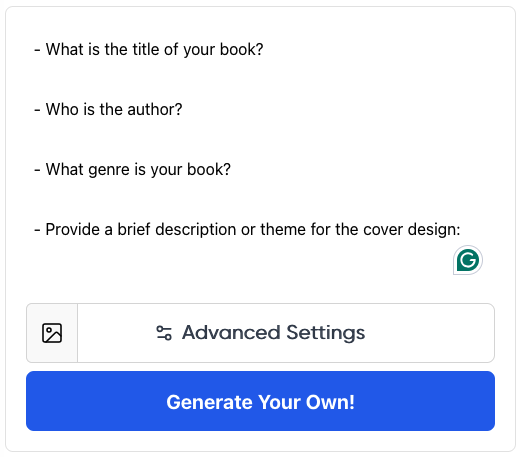
- Venngage
- Cover Design AI
- NightCafe
- Vondy (prompt pictured on the right)
- Idyllic
- Dashtoon
- StockIMG.AI
There is usually a cost for using these services for more than one cover, but generally it is much less than hiring a designer, and the results can be had almost instantaneously – without the process of having to send the cover back and forth for revisions.
How AI Uses Eye-Tracking Data
Readers tend to focus first on the title and main imagery, followed by the author’s name and subtitles. AI tools leverage this data by designing covers optimized for engagement. Eye-tracking studies show that:
- Bright, contrasting colors attract immediate attention.
- Center-aligned focal points keep readers engaged longer.
- Serif fonts are perceived as more traditional, while sans-serif fonts give a modern, clean look.
AI algorithms use this information to generate designs that maximize impact. Machine learning models are trained on thousands of successful covers, learning which elements capture attention most effectively. By analyzing past bestsellers, AI can predict design elements likely to resonate with specific audiences.
AI and Genre-Specific Cover Trends
Different book genres have established cover design conventions. AI tools are trained to recognize and replicate these styles, ensuring a book aligns with market expectations.
Examples of AI-Generated Genre Cover Styles:
- Romance: Soft pastels, script fonts, and intimate imagery.
- Thriller/Mystery: Dark tones, high contrast, and bold typography.
- Science Fiction: Futuristic elements, neon colors, and minimalist typography.
- Non-Fiction: Clean, bold fonts with simple yet striking imagery.
By analyzing these conventions, AI can generate covers that fit within an established genre while still allowing for creative variation.
The Drawbacks of Using AI
AI is not a perfect science and it is currently quite obvious when a cover, or any type of illustration, is using AI, as it often has an uncanny digital appearance. In the early days of AI, the algorithm was being fed human-made art, so the output appeared more natural. Now digital art is being fed into the algorithm, which is creating a feedback loop where images are looking more and more digitally composed. Take these examples:
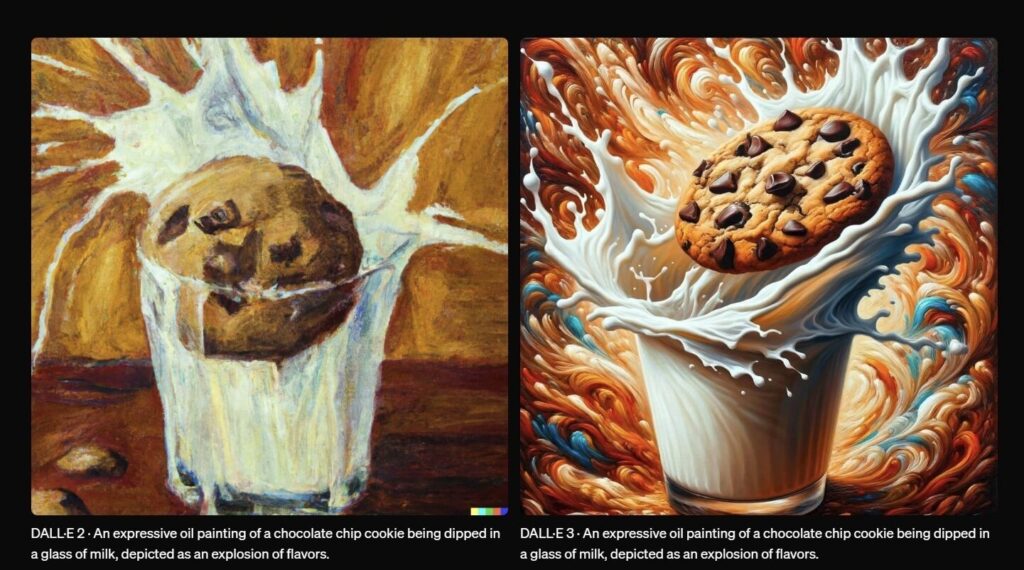
It’s difficult not to argue that the earlier illustration looks more natural, even if the second is more colorful and vivid – the type of art we are currently seeing today. Make no mistake, this will be improved, but if you are going to use AI for illustrations, it’s a good idea that your illustration looks more like example one than example two. Otherwise, it suggests that you got a cover for “free.”
The Pros and Cons of AI-Generated Book Covers
While AI has revolutionized book cover design, it’s not without its challenges. Here’s a breakdown of the advantages and drawbacks of using AI for book covers in 2025.
Pros
- Cost-Effective: Hiring a professional designer can be expensive, especially for indie authors. AI-generated covers reduce costs significantly.
- Speed and Efficiency: AI can produce high-quality covers in minutes, compared to days or weeks with human designers.
- Endless Customization: AI allows for quick iterations and modifications, making it easier for authors to refine their vision.
- Data-Driven Optimization: AI can analyze bestsellers and generate covers based on proven engagement strategies.
Cons
- Lack of True Creativity: AI works by analyzing existing trends and may struggle to create truly original, innovative designs.
- Generic or Overused Aesthetic: Since AI relies on common design patterns, some covers may feel repetitive or lack a unique artistic touch.
- Legal and Copyright Concerns: The use of AI-generated images raises questions about ownership and intellectual property rights.
- Limited Personalization: A human designer can better understand the nuances of an author’s vision and bring a unique artistic perspective.
The Future of AI in Book Cover Design
As AI technology continues to evolve, we can expect even more sophisticated cover design tools. Future AI models may integrate:
- More advanced personalization: AI might soon allow authors to blend multiple artistic styles seamlessly.
- Improved copyright solutions: Blockchain or watermarking technologies could help address intellectual property concerns.
- Better collaboration with human designers: Rather than replacing designers, AI can serve as a tool to enhance creativity and efficiency.
The Big Question: Should You Use AI for Your Book Cover?
For self-published authors, AI-generated book covers offer an accessible, cost-effective, and quick solution to professional-looking designs. However, for those who seek a truly unique, deeply personalized cover, human designers still provide unmatched artistic intuition.
Ultimately, AI is a powerful tool, but its best use lies in complementing human creativity rather than replacing it. Whether you choose AI, a professional designer, or a hybrid approach, the key to a successful book cover remains the same: capturing attention, conveying the right message, and enticing readers to explore the creative world within.
Get an Editorial Review | Get Amazon Sales & Reviews | Get Edited | Get Beta Readers | Enter the SPR Book Awards | Other Marketing Services




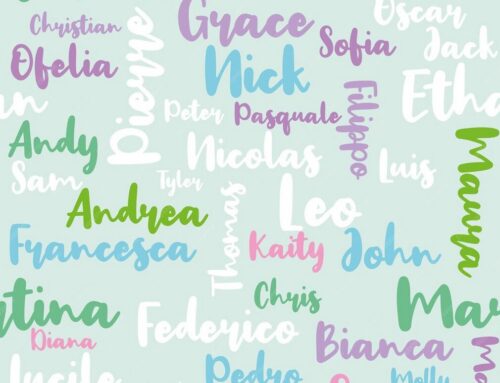
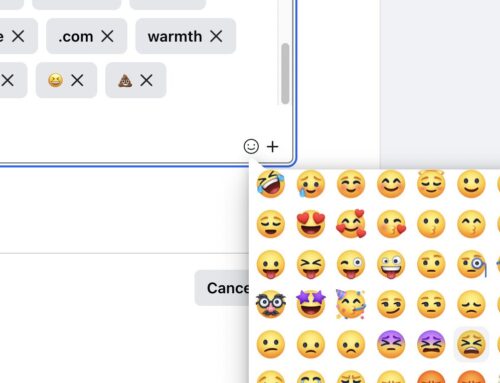
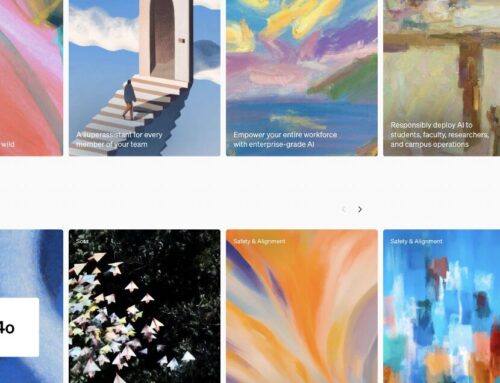





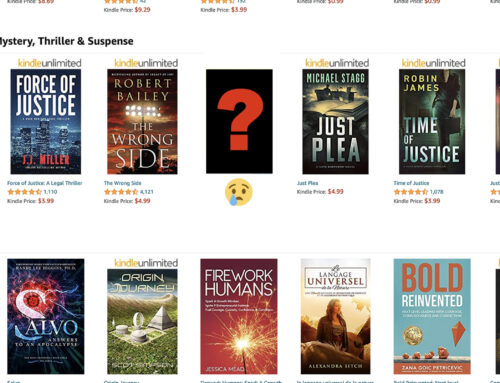
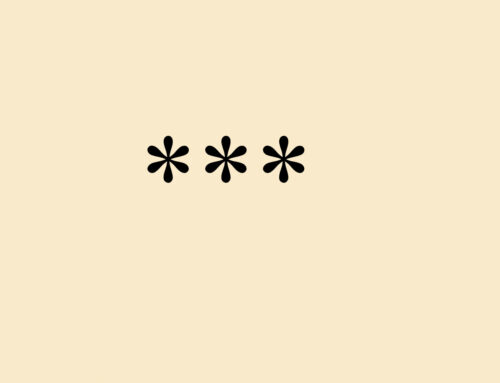






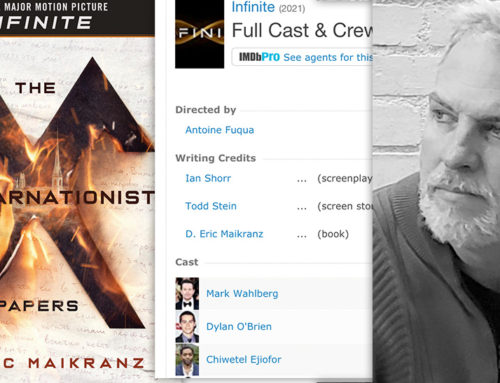

Leave A Comment